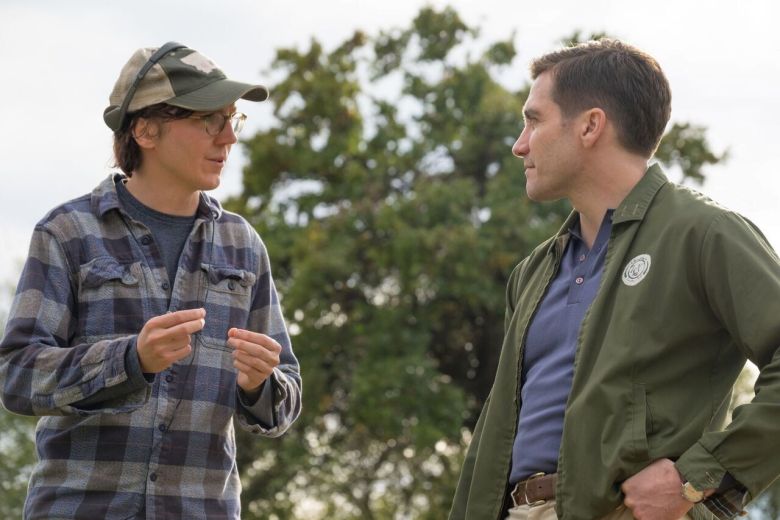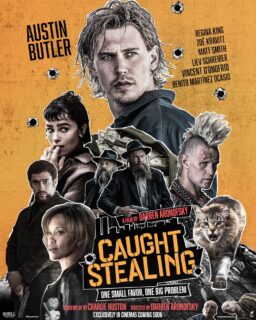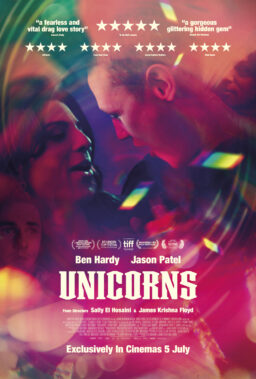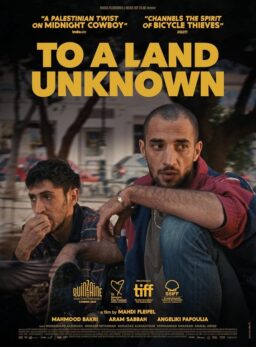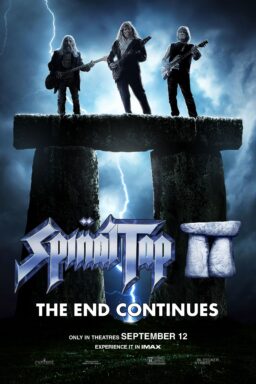After establishing himself as one of America’s most transformative actors in movies like “There Will Be Blood” and “Love & Mercy,” Paul Dano now makes his debut behind the camera with “Wildlife.” Adapted with co-writer/producer Zoe Kazan from Richard Ford‘s novel, the film tells of an American marriage in the 1960s that falls apart, as their child Joe (Ed Oxenbould) watches. Carey Mulligan gives a top career performance as Jeannette, the wife and mother who experiences a crisis after her husband Jerry (Jake Gyllenhaal) leaves their quiet Montana household to fight a forest fire, in search of money but also a sense of purpose.
As told with the trademark delicacy that has made some of Dano’s most unforgettable characters, “Wildlife” is an example of a filmmaker leading with clear intention; from its very first shots of Diego Garcia’s emotive Americana cinematography it becomes clear how precise every detail is, allowing the interior lives of its three main characters to be even more prominent in many quiet scenes. “Wildlife” flourishes with casting, period production design and concise storytelling, indicating a promising career for Dano as a filmmaker.
RogerEbert.com spoke with Dano about making the film, collaborating with Zoe Kazan on the screenplay, how the actors influenced the editing process, following his gut and more.
One of the many precise elements for a lean movie like this is casting, especially when the story is constantly about what each member of the house is thinking. So for you, do you feel your past experience as an actor gave you a particular insight into knowing what person is right for a role?
Well, possibly. I mean from my experience acting, I feel immense sensitivity to the material, and to other work around me. I have known both Carey and Jake and I knew not only that they were great actors, but I knew that they really brought themselves to their work. And when you’re making a film that’s sort of a scrappy fashion, you need people who are there for the characters and the film, so that it is an important element of casting, you’re making a family as well.
How did you know that Ed Oxenbould was right when you were auditioning him?
Well, actually, he came quite late in the process. But he was the only kid we saw who could kind of fill in the space between the lines, meaning he just carried us through the scene. He wasn’t just a kid being sort of present and just being himself, he was a real actor, he was making choices.

His character brings in this stunning idea where you can see how naive he is to what’s going on, but it’s purely based on his lack of experience. Did you have to calibrate that naivete and idealism in any way?
Well, somebody else might have made a movie about a kid rebelling. To me, it’s more true to who I am, where things are feeling kind of shaky and I want to keep them together. I felt very connected to the character, and honestly Ed was, we were so lucky to find him because it’s not like I had to get a performance out of him. He understood, his instincts were great, and he really was an actor. We did of course every day every scene try to discover the best moment, meaning, yeah we might try going to the left or a little right, that’s part of the fun, is allowing the actors to really go to work, not just kind of expecting them to nail it. And even though they’re all capable of that, it’s more fun to say, ‘Hey, let’s not be afraid to fail. Let’s discover. A happy accident. Let’s play. And this is your guys’ time.’ We just tried each scene to find the scene, and the same goes in the edit room,
Did the movie change then in the editing room?
No, it changes every step of the way. From its first inception it was this film in certain ways, and I would also say that we were surprised—we really operated in a fairly lean way in the process—I do think that we were surprised that we could lose more. We felt the script was pretty darn lean. But you see an actor’s reaction, or a physical gesture, and it takes care of something. And it really is a film that’s guided by inner life, and so it’s about following those movements.
For a film that’s uses a lot of longer takes, not a lot of camera movement and very meticulous shots, I’m curious—did you storyboard? Were those shots born before you came on set?
Well, honestly, that was there from day one as well. It was always going to be a film where, let’s not move the camera unless we have to, let’s not put score over it unless we have to. Part of the thing that I loved about Richard Ford’s writing is that there’s something that feels essential in art, and it can be something quote small feel big, and the details feel bigger when you’re not afraid of them, when there’s silence, and you’re being present with the characters and not being reductive about their experience. I felt, and [cinematographer Diego Garcia] felt that in the script, of all the people I met with, he immediately intuited, we had a very close collaboration, so I would say that we felt good about taking those risks because they felt like the most honest choice for the film.
Did you and Diego talk about any specific painters or photographers when creating their idea of Americana?
Sure, yeah. We talked about Steven Shore, we talked about Rinko Kawauchi, who’s a modern photographer. It’s stuff all over the place. The period is research, but a lot of that is collaborating with your costume designer [Amanda Ford], and your production designer [Akin McKenzie], to create the texture and the color and then the photograph elements, you know, what is this film, what is our 1960, what are we saying with either the clarity of the image, or the dirtiness, or whatever. Really that’s one of the moments in making a film, is working on that, and seeing it come together as a world for the audience to step into.
Hopper, Rockwell, so much stuff, old and new. But it’s more ultimately about trying to find a feeling.
You talked earlier about being sensitive. As a filmmaker, were you always trying to keep that in mind during a tight schedule? Was it a guiding value?
I think that’s just the film, either me or all of us, the world you set up for the crew and the actors. You’re only there once and doing each scene once when you make a film, and you’re telling the audience this is what’s worth looking at, this shot and cut. It’s sort of I think putting enough care into every shot that might go in the film. And again I think that letting the material guide us as well … sensitivity is great, and I think that’s true for me, and I just tried to not over-impose on it. It was about OK, let’s be honest, this is what feels right. At the end of the day, as much as I could talk about it, you’re following your gut.
You quickly fall into a rhythm because you have to, it’s not like there’s spare time ever when you’re making a film, you’re pretty much so focused on what you’re doing that then you’re onto the next thing and you’re onto the next thing, and suddenly you don’t have time to not be confident. But again, you have your collaborators. It takes a village, so to have the right people around you is such an important part. You have to lean on them and I’m lucky to have great collaborators across the board.

Have you always been interested in this period? Do you go antiquing or like vintage things, or regularly listen to Connie Francis?
Well, maybe a little bit. And I love that kind of music. And I think it’s more about an emotional kind of archetypal moment in America that feels important. It feels related to my parents and my grandparents, and I think it’s a space that can feel archetypal and personal. And I just love it.
Regarding Carey Mulligan’s work, what do you felt she brought to the vision you already had for the character?
Well yeah, she’s an incredible actor. She was all in from the first moment she read the script. She really gave all of herself to the part. I loved everything, I loved the timbre of her voice. She’s an incredible stage actor as well, so she’s really good with language. I’m not sure if … she’s making it better, and part of the fun of working with people like that is that they’re challenging you. And you in return get to challenge them, and hopefully coming together making something better together. I had a great collaboration with her, and all the actors.
How do you and Zoe collaborate as writers?
Zoe’s a writer, and she writes plays and screenplays, and this is my first time writing. I wrote a first draft, and she had a lot of notes and it was basically easier for her to do a pass. She knew what I was trying to do, we knew each other’s tastes, and we’ve worked together before. But we also collaborate in life, so we have a strong dialogue about our work. And we just traded it back and forth—we never wrote together. We would talk about it, and do notes, and would be an editor for the other. If Zoe finished a pass, we would talk about it and I would take it and do a pass. And that would take weeks, but you just have your own process and you come together. It was over a great amount of time too, because “Wildlife” wasn’t paying our rent, we were acting. It was done on our own. And so time was also a great partner for us, because we could come back to it with fresh eyes and go, “OK.” And her part in this film is also not just as a writer but also a producer, and she was a great help in the editing room. She’s a great storyteller, and it was nice for us to share a big experience like this.
Do you have any future plans for directing another feature?
Well, I can’t wait to. But I don’t know what it is.

